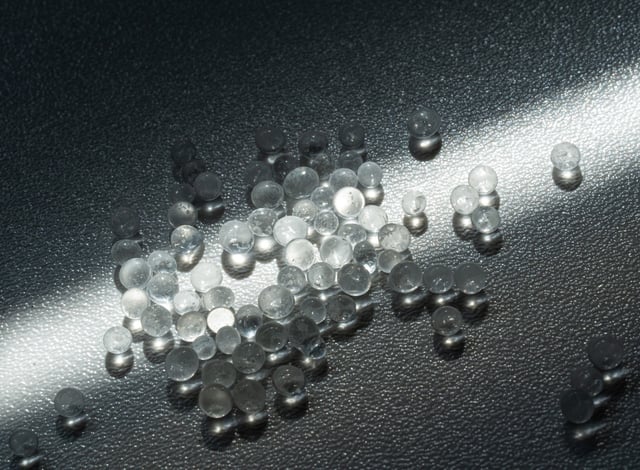Overview
- The ESHRE study detected microplastics in 69% of women’s follicular fluid and 55% of men’s seminal fluid using laser infrared microscopy to avoid contamination.
- PTFE (Teflon) was the most common polymer, appearing in nearly one-third of follicular samples and 41% of seminal samples.
- Teams will launch larger cohort analyses and mechanistic studies to investigate how these particles interact with egg and sperm cells.
- Animal experiments link microplastics to inflammation, DNA damage, cellular aging, and hormonal disruption, but human fertility effects remain unproven.
- Experts advise practical exposure-reduction steps such as storing food in glass containers and cutting back on plastic-bottled water.


